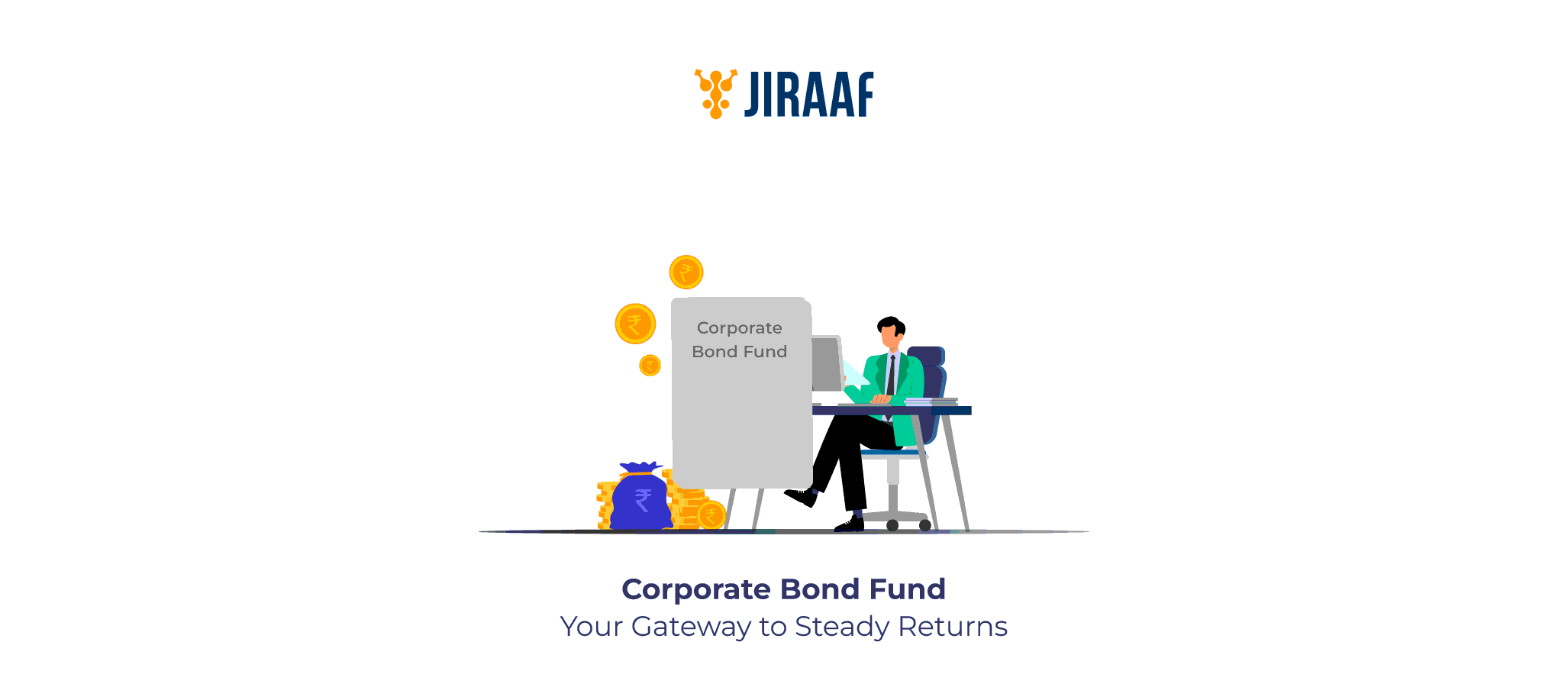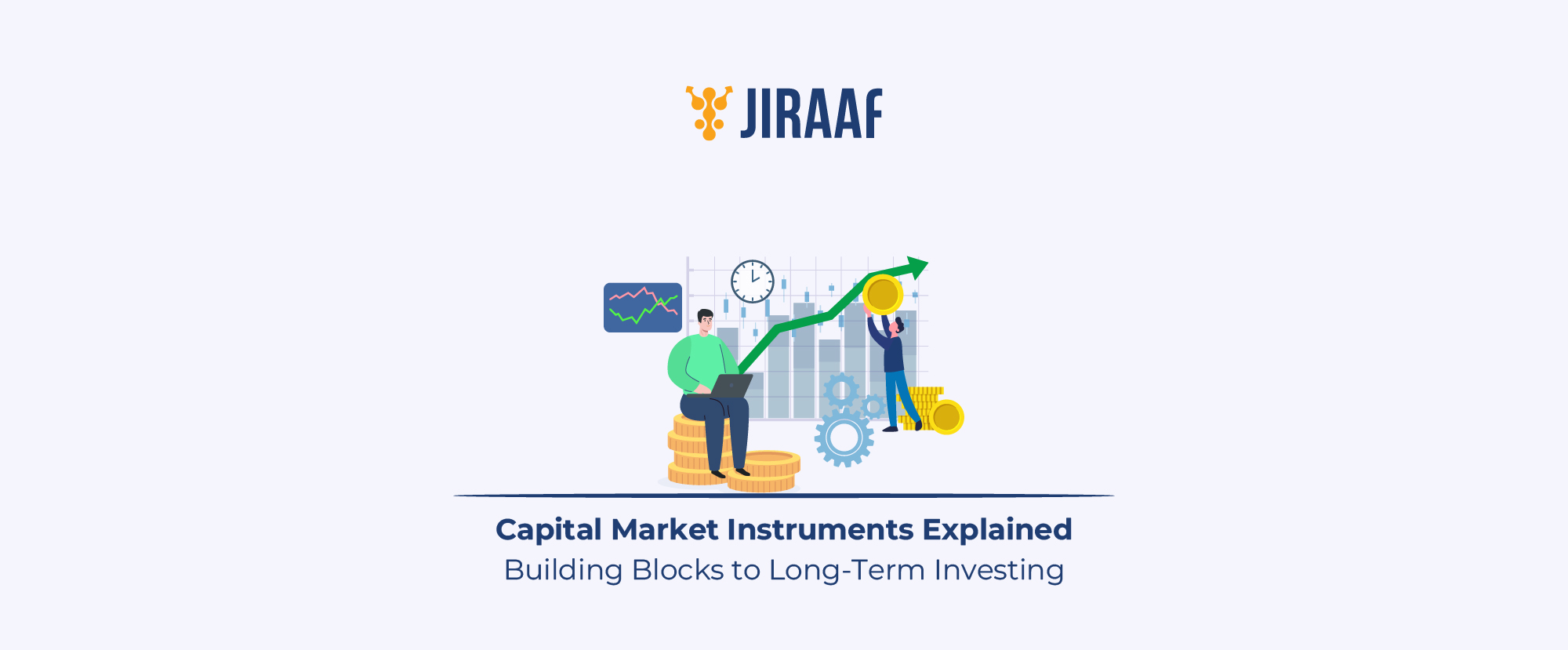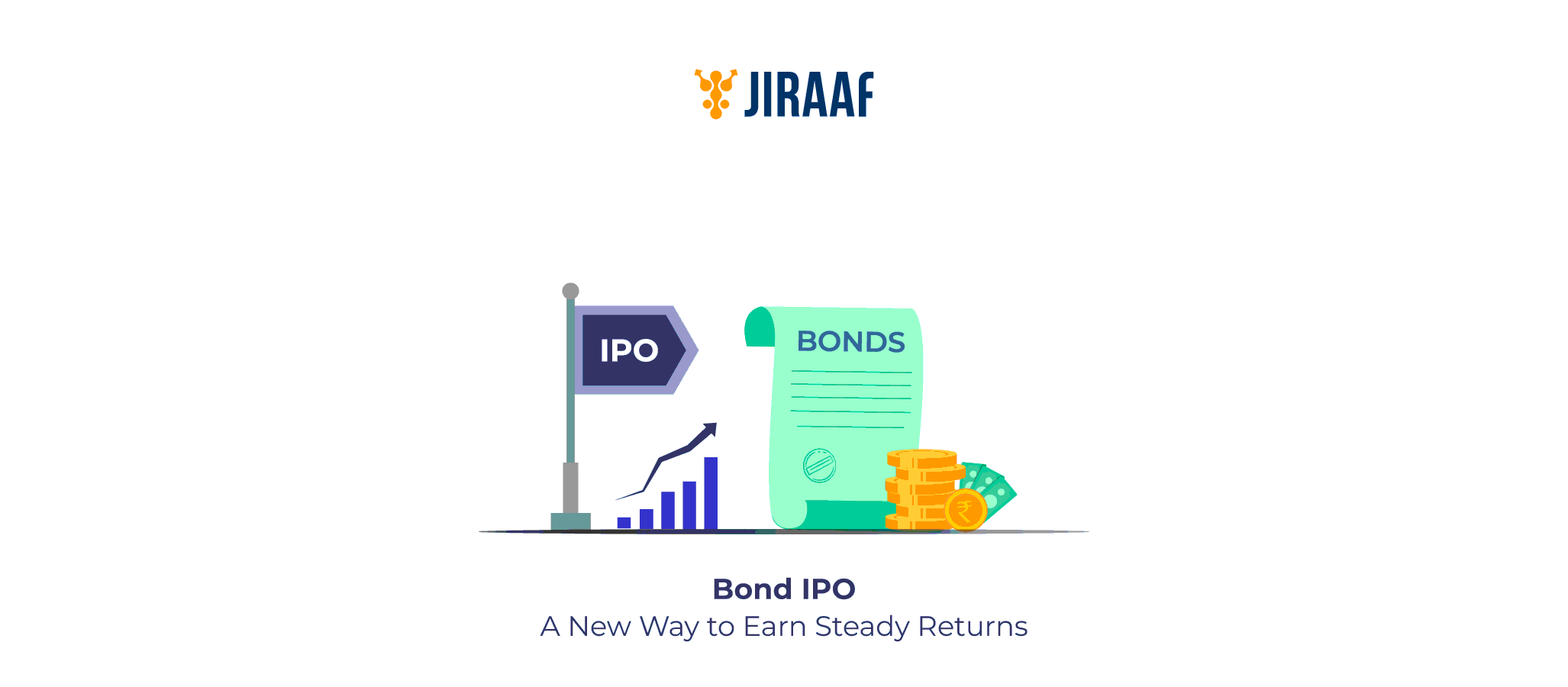The Indian bond market is entering a new phase of growth. With private businesses increasingly choosing to borrow capital directly from the market instead of relying on bank loans, you as an investor have an opportunity to tap into a space that rewards more than inflation while being less volatile than equity markets.
If you’re new to bond investing, a simple way to begin your bond investing journey is through corporate bond funds. These debt mutual funds are managed by professionals who invest primarily in investment-grade corporate bonds, helping you preserve your capital while aiming for meaningful growth.
In this blog, we will discuss what corporate bond funds are, how they work, their pros and cons, and much more. Let’s dive in.
What is a Corporate Bond Fund?
A corporate bond fund is an open-ended debt mutual fund that invests at least 80% of its portfolio in high-quality, investment-grade corporate bonds rated AA+ or higher.
These funds channel your money into companies with strong balance sheets and proven creditworthiness, so you can trust that the issuers have the financial strength to meet their repayment commitments.
SEBI introduced corporate bond funds as a sub-category within debt mutual funds segment to provide debt investing alternatives for investors. The primary goal of this fund is to preserve your capital while giving you the opportunity to earn better returns and enjoy more liquidity than a traditional fixed deposit.
Here is a deeper view on how these funds work for your better understanding.
How Corporate Bond Funds Work
Corporate bond funds operate similar to other debt mutual funds. The only difference lies in their investment philosophy of investing majority of their capital in high-quality corporate bonds, along with a smaller allocation to instruments like government bonds or fixed deposits.
When the bonds in the portfolio gain value, the Net Asset Value (NAV) of the fund rises, allowing you to earn profits. Conversely, if the bonds lose value, the NAV falls, which reduces the overall worth of your investment.
For example, suppose a mutual fund launches a corporate bond fund that invests 90% of its assets in corporate bonds and the remaining 10% in government bonds and fixed deposits. If you invest ₹1 lakh when the NAV is ₹200, you will receive 500 units of the fund.
As the companies in your portfolio pay interest, the mutual fund will distribute it to you in proportion to the number of units you hold. Meanwhile, the NAV also fluctuates with market conditions. For instance, if interest rates decline, bond prices rise, and so does the NAV. If interest rates increase, bond prices fall, leading to a lower NAV.
You can redeem your units at any time at the prevailing NAV, realizing either a profit or a loss based on how the NAV has changed since your initial investment.
Understanding how corporate bond funds operate is only half work done, the real impact on your returns will also depend on how these funds are taxed in India. Let’s have a look.
Taxation Rules for Corporate Bond Funds in India
The taxation of corporate bond funds changed after Budget 2023, effective 1st April 2023. Here’s what you need to know:
For Investments Made on or After 1st April 2023
- All gains from redemption, transfer, or maturity are treated as Short-Term Capital Gains (STCG).
- Taxed as per your income tax slab rate.
- No indexation benefit is available, since these funds are no longer classified as long-term capital assets.
For Investments Made Before 1st April 2023
- If your holding period is more than 24 months, your gains will be taxed as Long-Term Capital Gains (LTCG) at 12.5% without indexation.
- If your holding period is 24 months or less, your gains will be taxed as STCG at your income tax slab rate.
Top Corporate Bond Funds in 2025
With corporate credit quality improving, India’s top corporate bond funds are delivering strong, consistent returns. These funds primarily invest in high-rated corporate papers, offering investors an attractive balance between safety and yield. Let’s take a look at the top 5 corporate bond funds in 2025.
| Fund Name | 3-Year Annualized Return | Assets Under Management (₹ Cr) |
| HDFC Corporate Bond Fund | 7.9% | 35,968.16 |
| ICICI Prudential Corporate Bond Fund | 8.1% | 33,573.85 |
| UTI Corporate Bond Fund Direct-Growth | 7.46% | 5,704.3 |
| Baroda BNP Paribas Corporate Bond | 8.2% | 429 |
| Nippon India Corporate Bond Fund | 8.35% | 10,041.62 |
Source – Moneycontrol
Who Should Invest in Corporate Bond Funds?
- Investors who want to preserve capital
If your priority is safeguarding your money while still earning reasonable returns, corporate bond funds are ideal. The risk of default compared to lower-rated debt instruments is very low in these funds.
- First-time debt investors
Corporate bond funds offer a professionally managed portfolio, giving you exposure to quality corporate debt without the hassle of picking bonds yourself as a first-time investor.
- Short-to medium term investors
If your investment horizon is 1–5 years, corporate bond funds can provide steady returns with higher liquidity than traditional fixed deposits. Their focus on top-rated bonds helps balance safety with meaningful growth over the investment period.
Once you know that corporate bond funds are suitable for you, the next step requires us to discuss what are the things you should analyze before investing in these funds.
How Should you Invest in Corporate Bond Funds
Investing in corporate bond funds should follow a thoughtful approach that matches with your financial goals, risk appetite and investment horizon. Here’s a structured way to approach your corporate bond fund investment:
- Define your investment timeline
Start by identifying how long you plan to stay invested. Corporate bond funds work best for short- to medium-term horizons (1–5 years).
- Assessing risk profile
Understand how much risk you are comfortable taking. While corporate bond funds invest in high-quality bonds, NAV fluctuations can still occur due to interest rate changes and market conditions.
- SIPs for consistency
Systematic Investment Plans (SIPs) allow you to invest regularly and consistently, averaging out market fluctuations. This approach reduces the pressure of timing the market and builds disciplined investing habits.
- Reviewing credit rating exposure of the fund
Check the fund’s portfolio to see the credit quality of bonds it holds. Prioritize funds with a majority of AA+ or higher-rated bonds to ensure safety and stability in your returns.
Conclusion
Corporate bond funds offer a strategic way for aspiring debt investors to balance capital preservation and meaningful growth. By focusing on quality issuers and diversifying across maturities, corporate bond funds promote a disciplined pathway for corporate bond investing.









